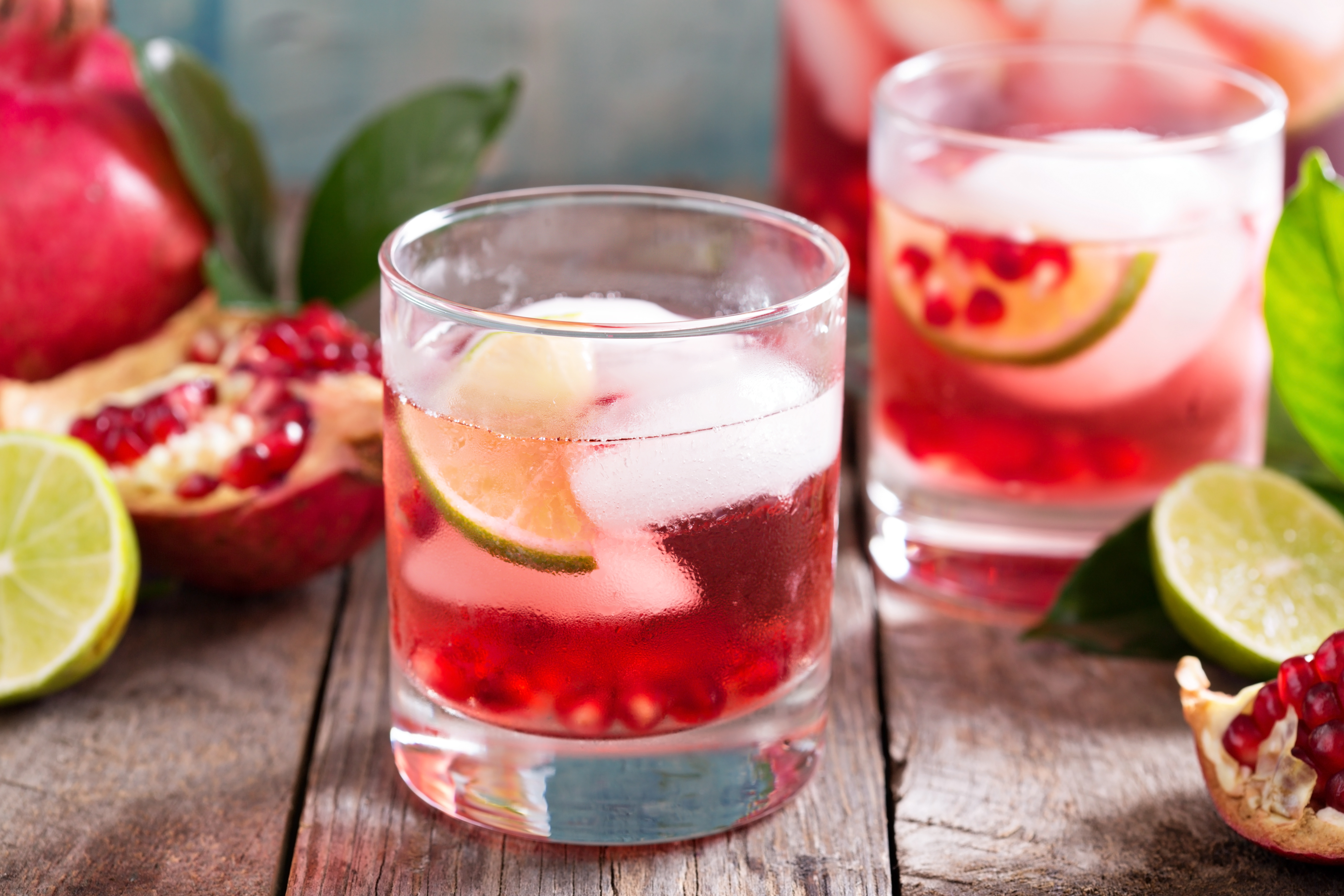Consumers can safely enjoy a range of sweeteners, both full-calorie and low-calorie ones, as part of a healthy diet guided by current nutrition recommendations, according to a newly updated position paper by the Academy of Nutrition and Dietetics (formerly the American Dietetic Association). The Academy of Nutrition and Dietetics ( the Academy) is the world’s largest organization of food and nutrition professionals.
In the “Position of the Academy of Nutrition and Dietetics: Use of Nutritive and Nonnutritive Sweeteners,” published in the May issue of the Journal of the Academy of Nutrition and Dietetics, the Academy concludes: “It is the position of the Academy of Nutrition and Dietetics that consumers can safely enjoy a range of nutritive sweeteners and nonnutritive sweeteners when consumed within an eating plan that is guided by current federal nutrition recommendations, such as the Dietary Guidelines for Americans and the Dietary Reference Intakes, as well as individual health goals and personal preference.”
According to the position paper, greater consumption of foods and beverages with added sugars is associated with higher calorie intake, yet lower diet quality. The Academy recommends limiting added sugar and states that nonnutritive
(low-calorie) sweeteners are a safe way to restrict calories in the diet. The position paper details and supports the safety and benefits of
acesulfame potassium,
aspartame,
monk fruit,
neotame,
polyols,
saccharin,
stevia and
sucralose as sweeteners. On the topic of taste, the Academy offered that “liking of sweet taste is innate” and that “preference for sweet taste may be genetic,” rather than due to the consumption of low-calorie sweeteners, as some have alleged.
The Academy offers suggestions for healthfully consuming nutritive and non-nutritive sweeteners, including:
- Enjoy the sweet taste of foods and beverages but keep your calorie count lower by choosing from the variety of low- and reduced-calorie sweeteners approved for use by the Food and Drug Administration.
- As part of a healthful eating plan as outlined in the 2010 Dietary Guidelines for Americans, safely enjoy the range of calorie-containing and low-calorie sweeteners in foods and beverages.



